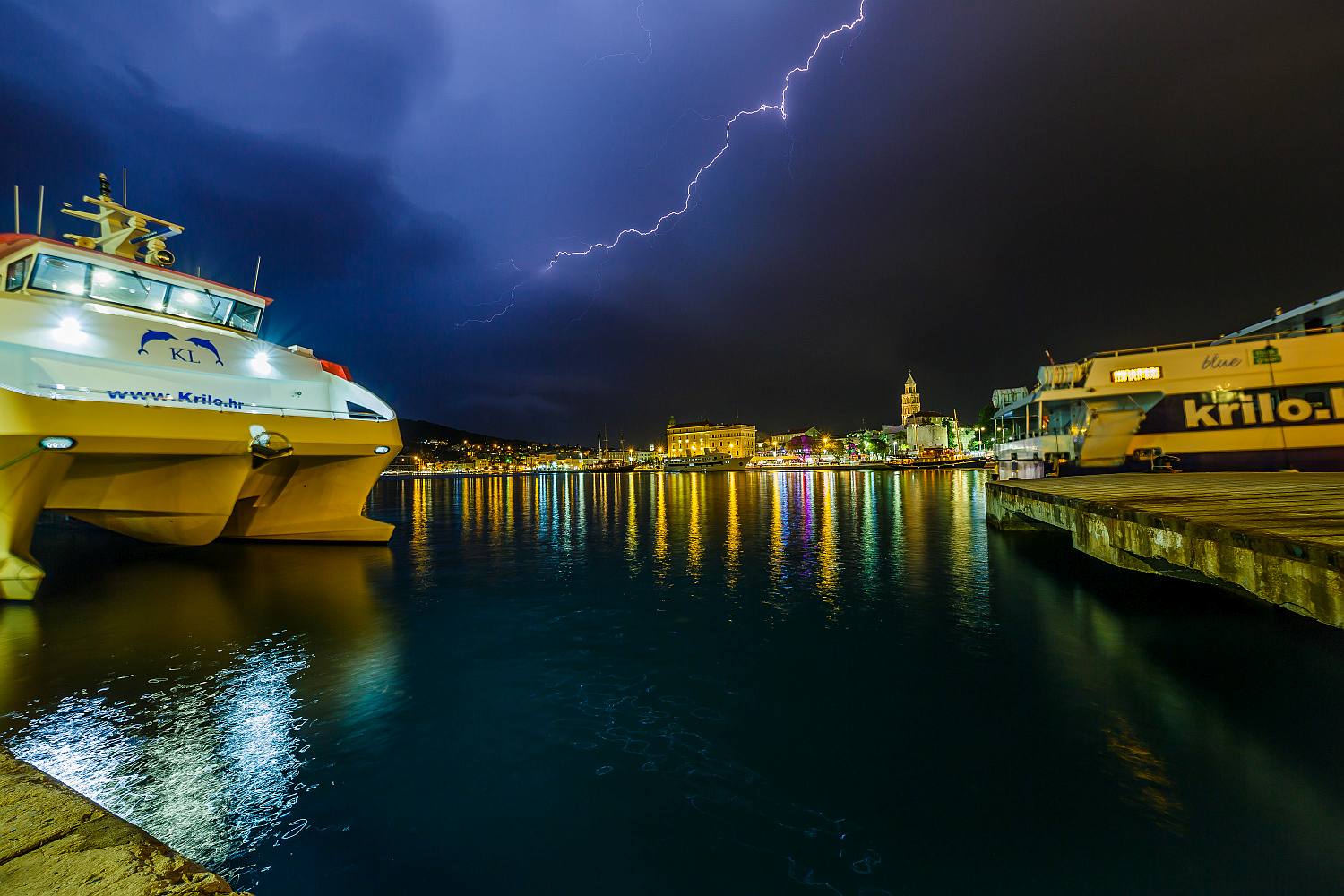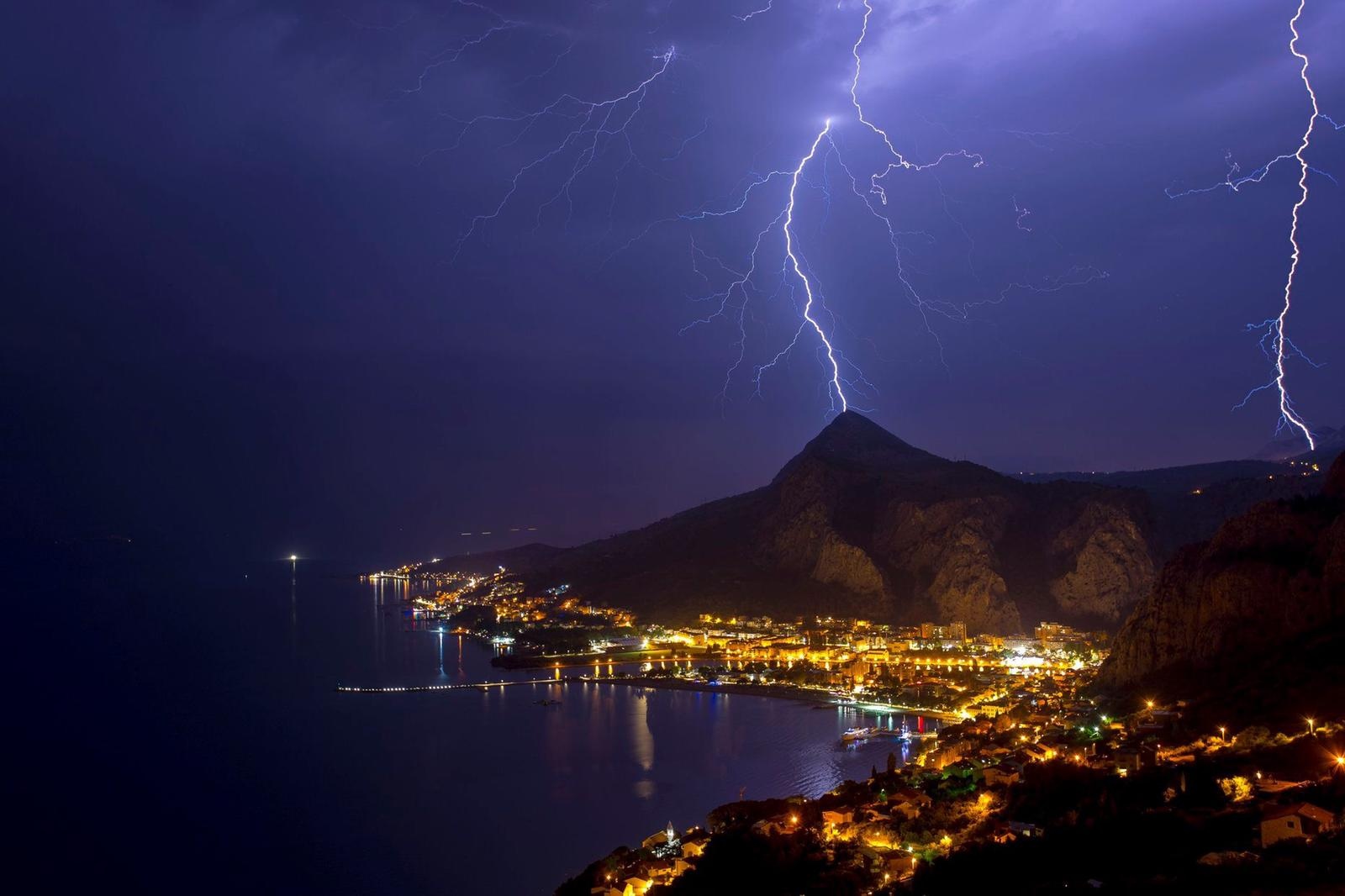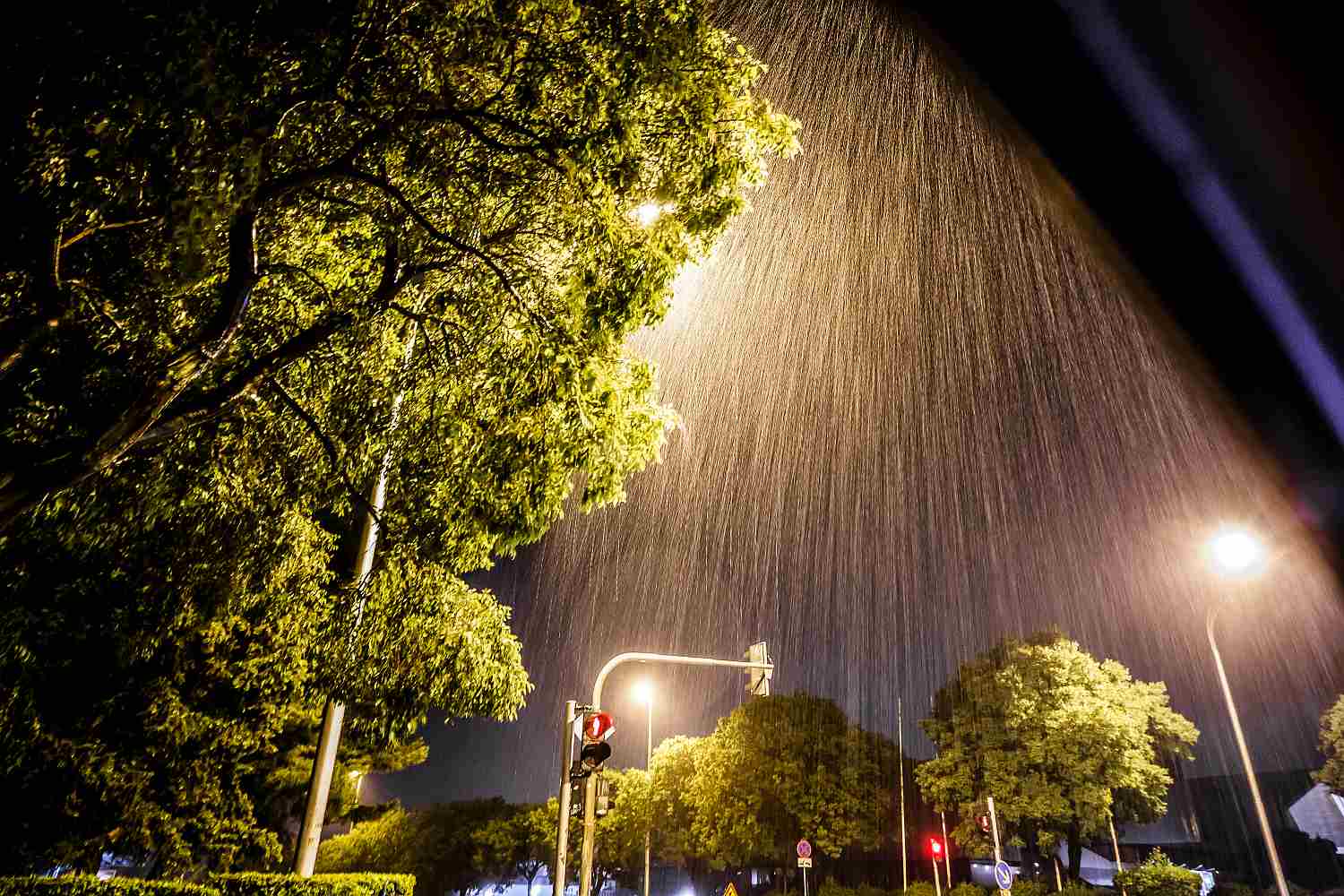This Year's Fire Season Sees 20% Fewer Wildfires Despite Extremely Warm Weather
ZAGREB, 11 Oct 2021 - The Croatian Firefighting Association (HVZ) on Monday presented results of this year's fire season, noting that the season was extremely warm but that the number of wildfires was 20% down from 2020.
There were 3,004 wildfires this year against 3,778 in 2020.
The area consumed by wildfires this year was 59% smaller compared to last year, but during the peak season, from June to September, the increase in the size of the area consumed by wildfires compared to 2020 was as much as 400%.
Two civilians were killed, 11 firefighters, five civilians injured
In the entire fire season, 11 firefighters and five civilians were injured while two civilians were killed in a wildfire that erupted due to the burning of weed.
Air firefighting forces were deployed to fight 130 wildfires, mostly in Šibenik-Knin County (49), Split-Dalmatia County (43), and Zadar County (29).
Firefighting planes had a total of 5,339 flights in the total duration of 846 hours and they unloaded close to 25,000 tonnes of water. The pilotless air system Orbiter 3 went on reconnaissance missions 14 times.
Firefighting forces were also deployed in neighboring and Mediterranean countries, twice in Bosnia and Herzegovina and once in Greece and Turkey. They had a total of 376 flights in the duration of 102 hours, unloading more than 2,000 tonnes of water.
This year firefighters used 1,181 vehicles more than last season and the average age of the vehicles was 20.6 years or three years less.
Oluja for Oluja? Sudden Change in Weather Coming, Alerts Issued Nationwide
Oluja for Oluja? Will a drastic change in weather disrupt the extended holiday weekend and Victory Day celebration? Find out below.
The first days of August are forecasted to be a pinch cooler than the end of July, but still a bit muggy. Showers and thunderstorms will be the most common on Friday, when localized storms, hail, and waterspouts in the Adriatic are also likely, announced Zoran Vakula for HRT on August 1, 2019.
The upcoming holiday and extended weekend should still be sunny, though not completely dry everywhere, especially not in the mainland, where showers are possible.
On Friday, showers will be frequent, localized, and more pronounced in continental Croatia, with possible hail. Sun should follow, but it’ll still be unstable with some showers possible primarily in the mountains. Fortunately for many, the heat will subside, and after a warm Friday morning, Saturday will be fresher.
In the new week, however, there is an increasing likelihood of dry weather everywhere.
Friday will also be a bit unstable on the Adriatic as the southern wind jugo makes another appearance, while Saturday will see the northern bura wind and strong northwest wind in the daytime, especially on the islands.
Due to severe storms and thunderstorms, Meteoalarm warnings have been issued for the entire country on Friday. A yellow alert has been issued for the whole country, while an orange alert is in effect for the Istria and Kvarner area.
“There will be showers with thunder in the evening, especially in the afternoon. Be prepared for severe thunderstorms that can cause great damage and protect yourself from lightning. Damage to property and trees is possible. Local torrential floods, storm surges, and hailstorms are possible. There may be interruptions to outdoor activities and traffic,” warns Meteoalarm.
Follow the weather in Croatia at DHMZ.
To read more about news in Croatia, follow TCN’s dedicated page.
PHOTO AND VIDEO: Incredible Summer Storm Hits Split and Surrounding Areas
After a sunny and hot day on most of the Adriatic, Monday evening was marked by a new wave of instability; a summer storm that sparked from Istria to Zadar, Split to Makarska, reports Dalmacija Danas on July 9, 2019.

Zvonimir Barišin
After 10 pm on Monday evening, the sky raged with lightning and thunder from Zadar to Split, which was followed by a sudden downpour of rain and hail with powerful gusts of wind.
Thankfully, while its intensity felt much stronger, this quick change in weather failed to damage much of anything.
According to Pljusak.com, as much as 21 liters of rain per square meter fell in Plano near Trogir, causing some flash floods. In less than an hour, Split welcomed 13 liters of precipitation per square meter. Murter welcomed 12 liters, followed by Omiš and Zlarin, Stobreč, Miljevci, Vodice and Dugopolje (11 liters).

Danica Venus Sičić
The heavy downpour also created quite a mess on the roads, as many drivers opted to pull over and wait for the thunderstorms to pass. Temperatures in this area also dropped up to 5 degrees.

Zvonimir Barišin
Around midnight, thunder clouds hit Zabiokovlje, and a new storm line formed across the Zadar archipelago, which was just an introduction to new, more pronounced thunderstorms over the next two days.
Thus, in the parts of the Adriatic, over 40 liters of rain per square meter will fall on Tuesday and Wednesday, and localized thunderstorms will hit throughout the day.
You can see a compilation of footage from the storm in the Split area, recorded by members of the Crometeo team.
The cold front will cool much of Croatia over the next two days, though temperatures will heat up by the end of the week to a comfortable 28 to 29 degrees Celsius.
To read more about lifestyle in Croatia, follow TCN’s dedicated page.


